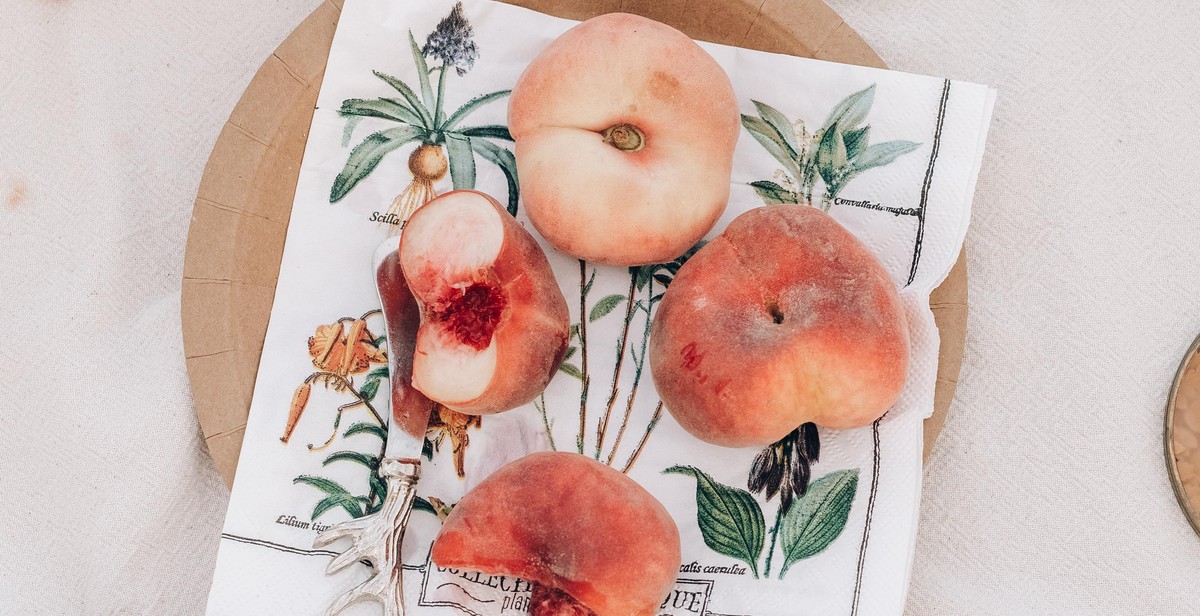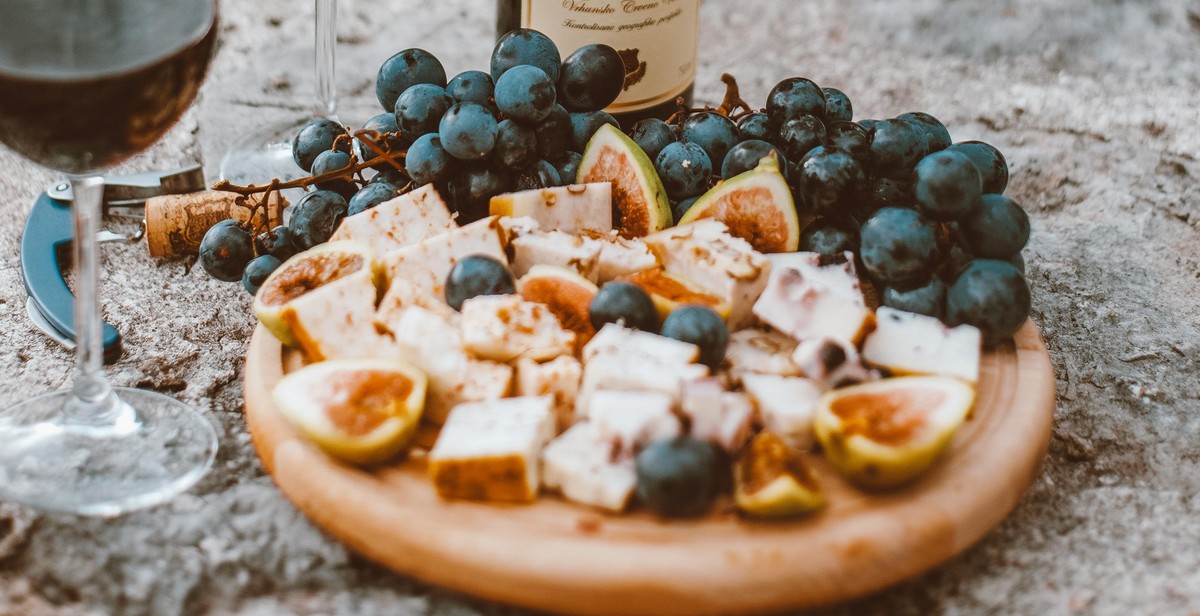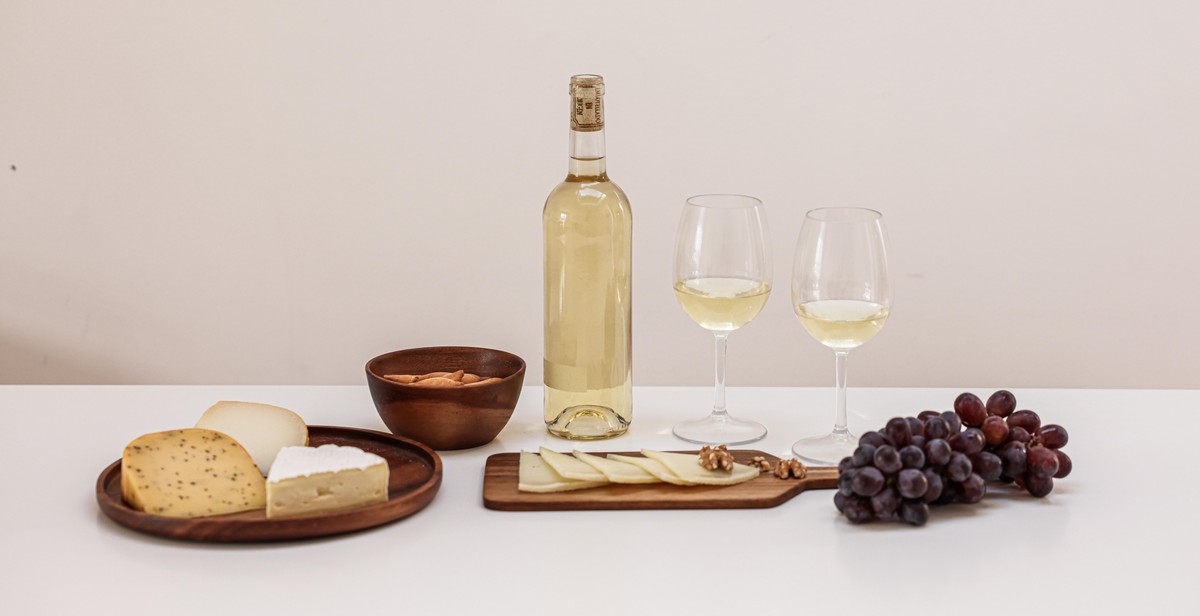How to Pair Wine with Cheese: Creating Perfect Flavor Combinations
Pairing wine with cheese is a classic culinary art that has been practiced for centuries. The combination of wine and cheese can create a perfect harmony of flavors, enhancing the taste of both. However, pairing wine and cheese can be challenging if you are not familiar with the basics of wine and cheese pairing. In this article, we will provide you with some tips and tricks on how to pair wine with cheese to create perfect flavor combinations.
The Basics of Wine and Cheese Pairing
Before diving into the details of wine and cheese pairing, it is essential to understand the basics. The key to successful wine and cheese pairing is to find a balance between the flavors of the wine and cheese. The general rule of thumb is to pair wines and cheeses that come from the same region. This is because they are likely to have similar flavors and characteristics, making them a perfect match.
The Right Wine for the Right Cheese
Choosing the right wine for the right cheese is crucial in creating perfect flavor combinations. For example, light-bodied wines like Pinot Grigio and Sauvignon Blanc pair well with fresh and soft cheeses like mozzarella and goat cheese. On the other hand, full-bodied wines like Cabernet Sauvignon and Syrah pair well with hard and aged cheeses like cheddar and Parmesan.
Experiment and Have Fun
Finally, it is important to experiment and have fun with wine and cheese pairing. There is no right or wrong way to pair wine and cheese, and everyone’s taste preferences are different. So, try different combinations and find what works best for you.

Understanding the Basics of Wine and Cheese Pairing
Pairing wine with cheese is an art that requires knowledge of flavor profiles, intensity, acidity, and the types of wine and cheese. The right pairing can elevate the flavors of both the wine and cheese, creating a perfect harmony of taste. Here are the basics of wine and cheese pairing:
The Importance of Flavor Profiles
The flavor profile of wine and cheese is determined by the aroma, taste, and texture. When pairing wine and cheese, it is essential to consider the flavor profiles of both. For example, a bold red wine pairs well with a sharp cheddar cheese because the wine’s intensity can complement the cheese’s sharpness.
Matching Intensity and Acidity
When pairing wine and cheese, it is necessary to match the intensity and acidity levels. A high-intensity cheese pairs well with a full-bodied wine, while a mild cheese pairs better with a light wine. Similarly, acidic wines pair well with tangy cheeses, while low-acid wines pair well with creamy cheeses.
Pairing Based on Wine and Cheese Type
Pairing wine and cheese based on their types is another way to ensure a perfect combination. For example, pairing a Cabernet Sauvignon with a blue cheese, or a Chardonnay with a brie cheese can create a perfect flavor combination. It is essential to consider the wine’s body, tannins, and acidity levels when pairing with cheese.
| Wine Type | Cheese Type |
|---|---|
| Chardonnay | Brie, Camembert, Gouda |
| Cabernet Sauvignon | Blue Cheese, Cheddar, Parmesan |
| Pinot Noir | Gruyere, Goat Cheese, Swiss |
By understanding the basics of wine and cheese pairing, you can create perfect flavor combinations that elevate your dining experience.

Pairing Wine with Soft Cheese
Brie
Brie is a soft and creamy cheese that pairs well with a wide range of wines. The buttery flavor of Brie pairs perfectly with a light and refreshing white wine, such as a Sauvignon Blanc or Chardonnay. The acidity of these wines helps to cut through the richness of the cheese and enhance its flavor. For a red wine option, try pairing Brie with a Pinot Noir. The lightness of the wine complements the creaminess of the cheese while the subtle fruit flavors bring out the nutty and earthy notes in the Brie.
Camembert
Camembert is a soft and creamy cheese with a slightly stronger flavor than Brie. To balance the rich flavor of Camembert, pair it with a light and crisp white wine, such as a Pinot Grigio or a dry Riesling. The acidity in these wines helps to cut through the creaminess of the cheese and enhance its flavor. For a red wine option, try pairing Camembert with a light-bodied red wine, such as a Beaujolais or a Grenache. The fruitiness of these wines complements the tanginess of the cheese and brings out its nutty and earthy notes.
Goat Cheese
Goat cheese is a tangy and creamy cheese that pairs well with a variety of wines. For a white wine option, try pairing goat cheese with a crisp and refreshing Sauvignon Blanc or a dry Riesling. The acidity in these wines helps to cut through the tanginess of the cheese and enhance its flavor. For a red wine option, try pairing goat cheese with a light-bodied red wine, such as a Pinot Noir or a Beaujolais. The fruitiness of these wines complements the tanginess of the cheese and brings out its nutty and earthy notes.
| Cheese | White Wine | Red Wine |
|---|---|---|
| Brie | Sauvignon Blanc, Chardonnay | Pinot Noir |
| Camembert | Pinot Grigio, Riesling | Beaujolais, Grenache |
| Goat Cheese | Sauvignon Blanc, Riesling | Pinot Noir, Beaujolais |

Pairing Wine with Hard Cheese
Hard cheeses like cheddar, parmesan, and gouda are some of the most popular types of cheese. They are also great for pairing with wine. Here are some wine and cheese pairing suggestions for these hard cheeses:
Cheddar
| Cheese | Wine |
|---|---|
| Sharp Cheddar | Cabernet Sauvignon, Merlot, Zinfandel |
| Mild Cheddar | Pinot Noir, Chardonnay, Riesling |
| Extra Aged Cheddar | Port, Sherry, Malbec |
Parmesan
Parmesan cheese is a hard and salty cheese that pairs well with full-bodied wines.
| Cheese | Wine |
|---|---|
| Parmesan | Barolo, Chianti, Shiraz |
Gouda
Gouda cheese is a semi-hard cheese that has a nutty and buttery flavor. It pairs well with medium-bodied wines.
| Cheese | Wine |
|---|---|
| Gouda | Pinot Noir, Chardonnay, Sauvignon Blanc |

Pairing Wine with Blue Cheese
Blue cheese is a strong, pungent cheese that pairs well with full-bodied wines. The sharpness of the cheese is balanced by the bold flavors of the wine, creating a perfect flavor combination. Here are some of the best wines to pair with blue cheese:
Roquefort
Roquefort is a French blue cheese that is aged in caves. It has a strong, salty flavor with a creamy texture. Roquefort pairs well with full-bodied red wines such as Cabernet Sauvignon or Syrah. The tannins in these wines help to cut through the richness of the cheese and enhance its flavors.
Stilton
Stilton is an English blue cheese that has a crumbly texture and a complex flavor profile. It pairs well with sweet dessert wines such as Port or Madeira. The sweetness of these wines complements the salty, tangy flavor of the cheese and creates a perfect balance.
Gorgonzola
Gorgonzola is an Italian blue cheese that has a creamy texture and a sharp, tangy flavor. It pairs well with full-bodied red wines such as Merlot or Cabernet Franc. These wines have a smooth, velvety texture that complements the creaminess of the cheese and enhances its flavors.
| Cheese | Wine |
|---|---|
| Roquefort | Cabernet Sauvignon or Syrah |
| Stilton | Port or Madeira |
| Gorgonzola | Merlot or Cabernet Franc |

Pairing Wine with Semi-Soft Cheese
When it comes to semi-soft cheese, the options are endless. Three popular choices are Gruyere, Fontina, and Havarti. Each of these cheeses has a unique flavor profile that can be enhanced by pairing them with the right wine.
Gruyere Cheese
Gruyere is a Swiss cheese that has a nutty and slightly sweet flavor. It pairs well with medium-bodied red wines such as Pinot Noir or Beaujolais. The acidity in these wines helps to cut through the richness of the cheese, while the fruity notes complement its nuttiness. If you prefer white wine, try pairing Gruyere with Chardonnay or Chenin Blanc.
Fontina Cheese
Fontina is an Italian cheese that has a buttery and earthy flavor. It pairs well with medium-bodied red wines such as Merlot or Sangiovese. The tannins in these wines help to balance the richness of the cheese, while the fruity notes complement its earthiness. If you prefer white wine, try pairing Fontina with Sauvignon Blanc or Pinot Grigio.
Havarti Cheese
Havarti is a Danish cheese that has a mild and creamy flavor. It pairs well with light-bodied red wines such as Gamay or Dolcetto. The low tannins in these wines won’t overpower the delicate flavor of the cheese. If you prefer white wine, try pairing Havarti with Riesling or Chardonnay.
| Cheese | Red Wine | White Wine |
|---|---|---|
| Gruyere | Pinot Noir, Beaujolais | Chardonnay, Chenin Blanc |
| Fontina | Merlot, Sangiovese | Sauvignon Blanc, Pinot Grigio |
| Havarti | Gamay, Dolcetto | Riesling, Chardonnay |

Conclusion
Pairing wine with cheese is a delightful experience that can enhance the flavors of both. To create the perfect flavor combination, it is important to consider the characteristics of both the wine and the cheese. The acidity, tannins, sweetness, and intensity of the wine should be matched with the texture, flavor, and intensity of the cheese.
Remember, there are no hard and fast rules when it comes to pairing wine and cheese. It is all about finding what works best for your taste buds. Don’t be afraid to experiment with different combinations and discover your own personal favorites.
When serving wine and cheese, it is important to consider the occasion and the preferences of your guests. A light and refreshing pairing may be more appropriate for a summer picnic, while a rich and robust pairing may be more suitable for a cozy winter gathering.
Lastly, enjoy the experience! Pairing wine with cheese is a wonderful way to explore new flavors and indulge in the finer things in life. With a little knowledge and experimentation, you can create the perfect pairing every time.
| Key Takeaways: |
|
